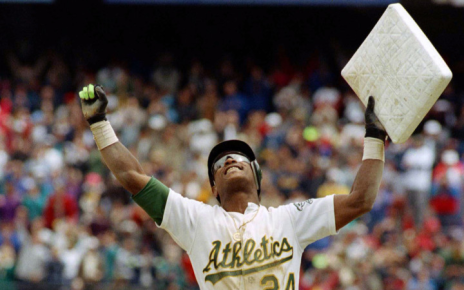Choosing players for your MLB fantasy team requires more than a basic knowledge of baseball. You need strategy, foresight, and a deep understanding of each player’s performance, potential, and situation. Whether you’re a seasoned manager or a beginner looking to break into the MLB fantasy world, getting the right players is crucial for a successful season. Here are the seven most important factors to consider when selecting players for your MLB fantasy team.
1. Evaluate Player Consistency and Performance
While high-profile players can be enticing, consistency often outweighs flash. Analyze a player’s past performances, not just his peak season stats. Look for consistency across various statistics: batting average, on-base percentage, home runs, and strikeouts. For pitchers, study ERA (earned run average), WHIP (walks plus hits per inning pitched), and strikeout rates.
Players with steady stats are often better choices for long-term success than those with streaky records. Dig into multiple seasons if possible, as one-off performances may not reflect a player’s true reliability. Consistent players will keep your team competitive throughout the MLB season, reducing the risk of sharp declines.
2. Factor in Positional Needs and Scarcity
When building a balanced team, consider the scarcity of talent in certain positions. Some positions, like outfield and first base, are stacked with talent. Others, like shortstop or catcher, may have fewer elite players. This scarcity can affect your draft strategy, pushing you to select top-tier players in less populated positions early on.
Research which positions are weaker in talent and draft strategically to fill those spots with high-performing players. While it’s tempting to fill your team with big hitters, a balanced roster that addresses all positional needs will sustain better long-term results.
3. Study Matchup Potential, Splits, and Baseball Odds
Not all players perform equally against every opponent or under every condition, so examining matchup potential is crucial. Some batters excel against left-handed pitchers, while others struggle, and understanding how players fare in specific scenarios can offer valuable insight.
In addition to splits, consider the baseball odds around specific matchups. Analyzing these odds gives you a sense of which teams and pitchers are more favourable or challenging for your players. This knowledge becomes even more useful if your fantasy league allows lineup changes based on daily matchups, helping you optimize player selection as you go.
4. Account for Injuries and Playing Time
Injuries are an unfortunate part of sports and can disrupt even the best teams. Before picking a player, consider their injury history and projected playing time. While seasoned players can add depth, injuries can sideline them for significant portions of the season, weakening your roster.
Young players with minimal injury records and consistent playing time may be safer options. Additionally, verify each player’s role within their team. Starters, everyday players, and pitchers in stable rotations bring more consistent points than bench players or those facing position competition. Drafting players who will remain active in games throughout the season is critical for maintaining a strong lineup.
5. Understand Ballpark Factors
Each MLB ballpark has unique dimensions and conditions that can influence player performance. Some fields are hitter-friendly, like Coors Field in Denver, where the high altitude can lead to more home runs. Others favour pitchers, such as San Francisco’s Oracle Park, which has challenging conditions for batters.
When selecting players, consider how often they’ll play in specific ballparks and how that may impact their stats. If you’re considering two similar players, their primary ballpark could be the deciding factor. Drafting hitters from batter-friendly stadiums or pitchers from pitcher-friendly parks can boost your team’s point potential over the season.
6. Monitor Recent Trends and Hot Streaks
In fantasy baseball, keeping up with trends and player momentum is essential. A player on a hot streak can deliver exceptional points, while a prolonged slump can drag down your roster. Regularly monitor player stats, performance updates, and trends.
While past performance matters, it’s the current form that drives fantasy success. Watch for players who improve over the season or show steady upward trends. Conversely, avoid those with declining stats or signs of fatigue. Seasonal trends help you make strategic adjustments and avoid players who may have peaked too soon.
7. Factor in Advanced Metrics and Sabermetrics
Beyond traditional stats, advanced metrics offer a deeper view of player potential. Look at sabermetrics like WAR (Wins Above Replacement), wOBA (weighted on-base average), and BABIP (batting average on balls in play). These metrics provide insight into player value, efficiency, and skill level that standard stats may miss.
WAR, for example, shows a player’s overall contribution compared to an average replacement, which helps you spot high-value players. wOBA, on the other hand, reflects the quality of a player’s hits rather than just quantity. These metrics can reveal players who excel beyond traditional measures, giving you a hidden advantage in fantasy selection. Understanding advanced stats is key to building a team that performs well across the season’s ups and downs.
In Conclusion
Drafting a winning MLB fantasy team requires a blend of statistical analysis, player evaluation, and strategic planning. Focusing on consistent performers, addressing positional needs, considering matchup potential, and analyzing ballpark factors will give you a solid foundation. By staying informed about injuries, trends, and advanced metrics, you’ll maintain an edge throughout the season.




